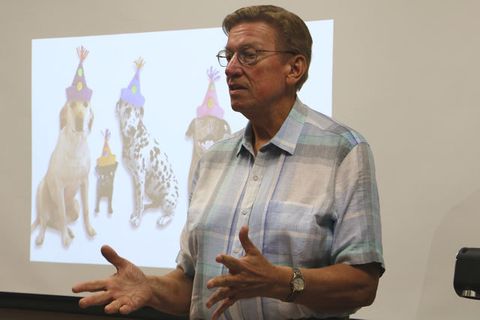4. How has your knowledge ofgovernance grown through yourboard service experiences (includingbut not limited to AEYC Boardservice)?
I have seen the role of early childhood boards and the meaning of board governance evolve with the times and the growth of our field—over the past 45 years.
In the 1970s, as a board member in parent and teacher co-op programs, board membership meant not only meeting to discuss every aspect of the program but also taking an active role in building the playground, driving on field trips, and leading fund-raising campaigns. Governance and program operation were very much a shared responsibility. The goal was to make the organizational
structure as flat as possible.
Years later, I served two terms on the NMAEYC Board. In many ways, this was still a “working board” because NMAEYC was an all-volunteer organization. Still, the board was striving to be “mission driven” — committees with delegated responsibilities were organized, and meetings were held throughout the state to ensure member input.
Most recently, I have been on the other side of board service. At both the community program and state government, I have been the administrator responsible for boards and advisory councils. It has been my task to support board leadership and ensure that board members understand their roles and responsibilities. Even though it is a struggle for board members to maintain a policy focus, governing boards today are increasingly comfortable entering into dialogue about how issues confronting their program fit into the larger worldof public policy — like promoting quality while taking into account affordability and access.

